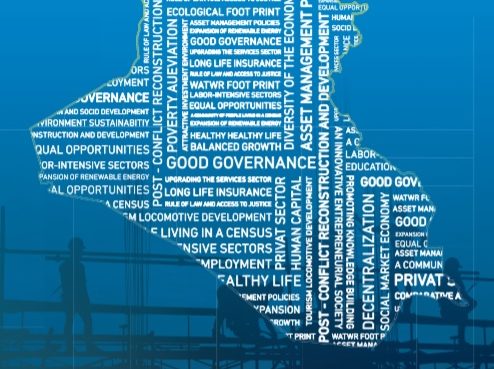Directly investing in nongovernmental enterprise and giving international approval to private competition can change the dynamic in individual countries, promote liberal economies, and give citizens greater agency.
The following is an excerpt from Bilal Wahab’s contribution to the new American Enterprise Institute book Seven Pillars: What Really Causes Instability in the Middle East? Download the PDF to read the full chapter.
The Middle East is among the world’s richest regions in natural resources, but despite the Persian Gulf ’s ostentatious oil wealth, as a whole, the region teeters on the economic precipice. East Asia, South Asia, and even Latin America—once peers in business and development—have left the Middle East in the dust. Rather than embark on slow and steady growth, Middle Eastern economies remain trapped by boom-and-bust cycles of economic development, often a case of two steps forward, two steps back. Environmental concerns, such as desertification and fresh water shortages, add another layer of complexity. But other regions have overcome similar obstacles to thrive. Why has the Middle East failed so spectacularly to do so?
It is easy to blame the Middle East’s democratic deficit, but that is not enough to explain the entire problem. After all, China and Singapore have seen exponential economic growth in the past half century without embracing democracy. And South Korea’s and Taiwan’s economic engines developed long before either completed their democratic transitions. What then has stymied the Middle East’s economic development? There is no single answer. Oil-rich countries have fallen prey to rentier state dynamics, but corruption ravages rich and poor states alike. Decades of socialism and command economies have taken their toll. So too has the Arab-Israeli conflict and myriad others. The business climate in many countries repels rather than attracts investment, but even when investors dip their toes into the Middle East market, the lack of a stable, developed middle class and indigenous capacity exacerbated by decades of labor importation continue to impede growth…








Comment here